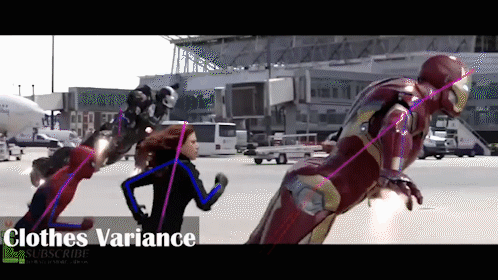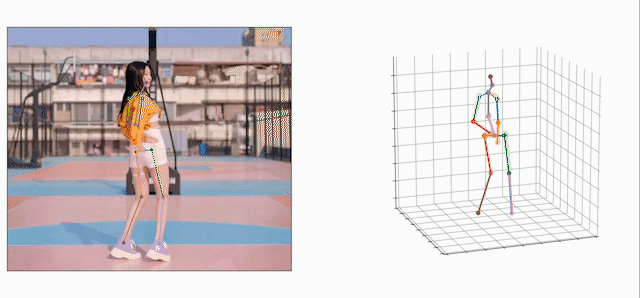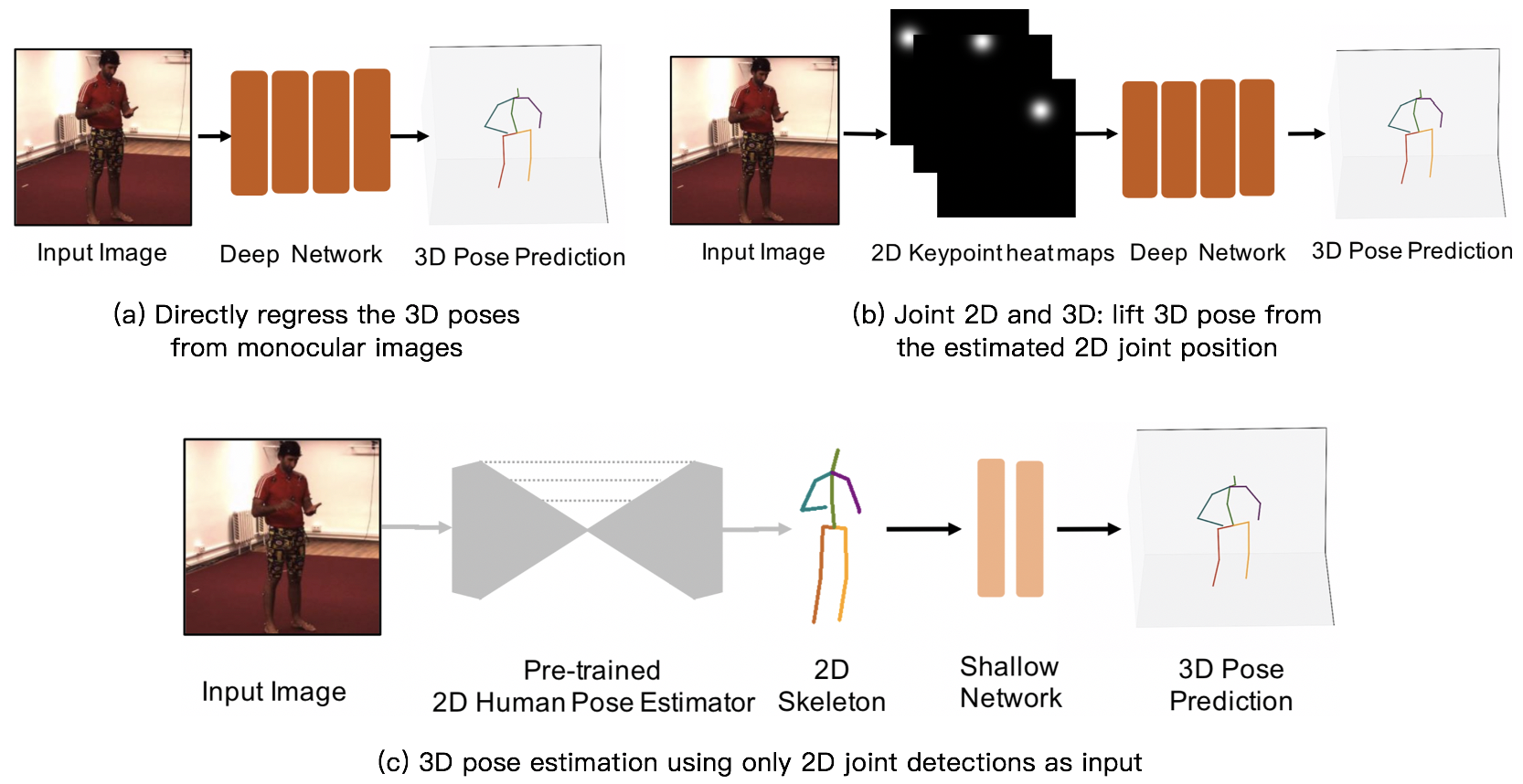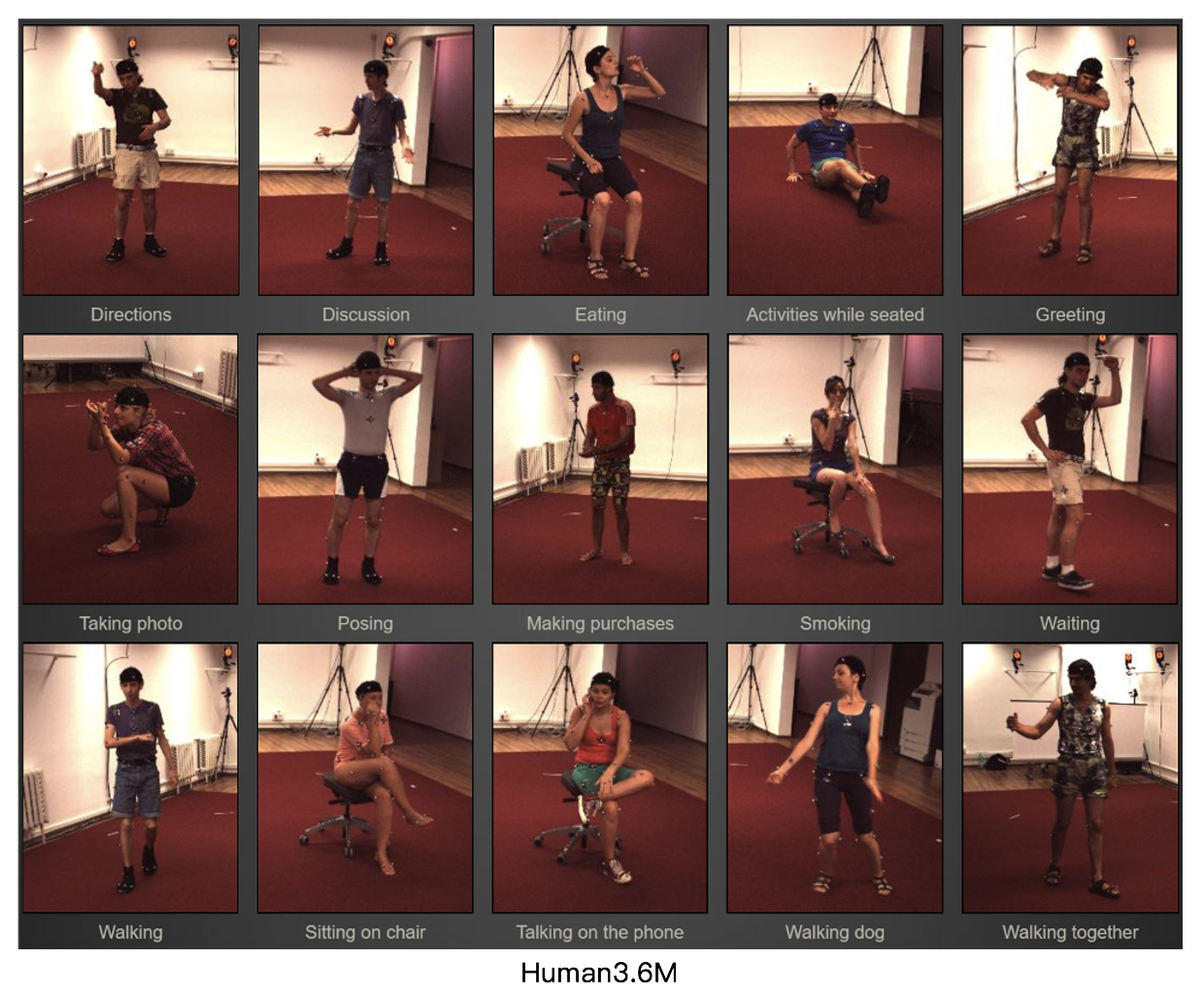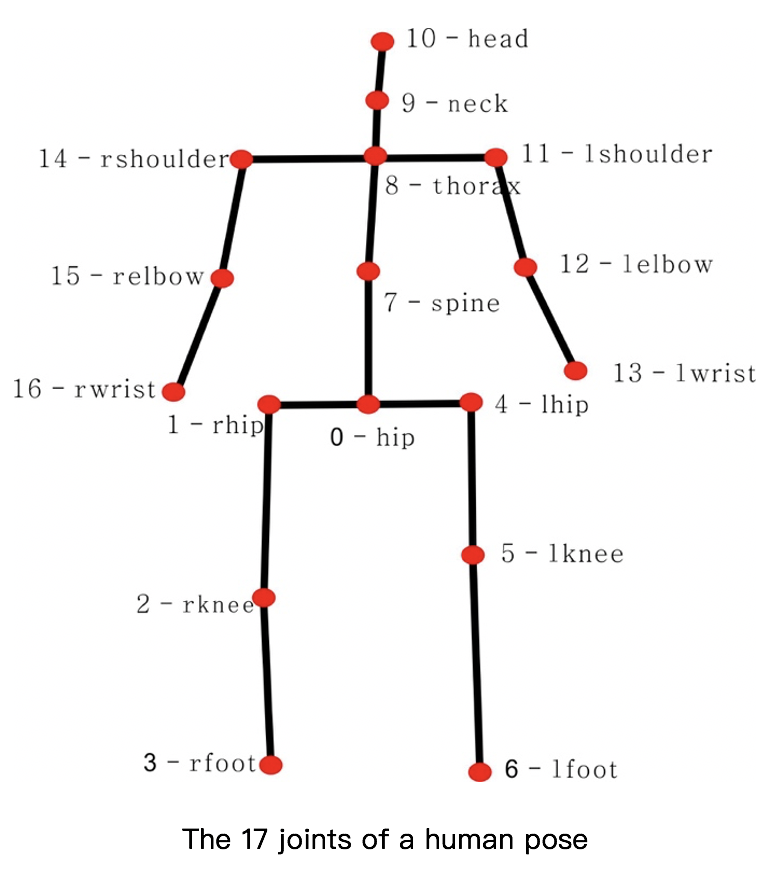中文版:3D人体姿态估计笔记
Human Pose Estimation: the problem of localization of human joints (or) keypoints (regression problem)
- RGB or RGBD
- lmage or video
- Monocular or multiple view
- Single person or multiple person
- 2D or 3D pose estimation
- 3D pose or 3D shape
-
Single-Person Skeleton Estimation
- Benchmark: MPII (2014)
- Representative work: CPM (CVPR 2016), Hourglass (ECCV 2016)
-
Multi-person Pose Estimation
- Benchmark: COCO (2016), CrowdPose (2018)
- Bottom-up: OpenPose (CVPR 2017), Associative Embedding (NIPS 2017)
- Top-down: CPN (CVPR 2018), MSPN (Arxiv 2018), HRNet (CVPR 2019)
-
Video Pose Tracking
- Benchmark: PoseTrack (2017)
- Representative work: Simple Baselines (ECCV 2018)
- Occlusion
- Complex background
- Special pose
- Estimate a 3D pose (x, y, z) coordinates from a RGB image or video (regression problem)
- Input: an image of a person
- Output: 3D human pose that matches the spatial position (N×3 keypoints)
- Larger 3D pose space and self-occlusions
- Depth ambiguity, ill-posed nature (multiple 3D poses can map to the same 2D keypoints)
- Lack of a larger 3D pose dataset in the wild (major bottleneck)
- Lack of a special pose dataset (tumbling, rolling)
- Limit their generalizability due to the constrained lab environment)
- Obtain a 3D pose dataset is difficult and expensive (require a complicated laboratory setup with motion capture sensors and cameras)
- Animation, gaming
- Motion capture system
- Action understanding
- Provide a auxiliary to other task (Person-reID)
- Multi-task learning (Human parsing)
- Directly regress the 3D poses from monocular images
- 3D Human Pose Estimation from Monocular Images with Deep Convolutional Neural Network (ACCV 2014)
- Coarse-to-Fine Volumetric Prediction for Single-Image 3D Human Pose(Volumetric representation, 3D heatmap) (CVPR 2017)
- These approaches based on image input can directly capture rich knowledge contained in images. However, without intermediate feature and supervision, the model’s performance will also be affected by the image’s background, lighting and person’s clothing.
- First estimate 2D poses and then lift 2D pose to 3D pose
- Joint 2D and 3D: lift 3D pose from the estimated 2D joint position
- Towards 3D Human Pose Estimation in the Wild (ICCV 2017)
- 3D Hand Shape and Pose Estimation from a Single RGB Image (CVPR 2019)
- Both categories require sophisticated deep network architectures and abundant annotated training samples.
- 3D pose estimation using only 2D joint detections as input
- Simple Yet Effective Baseline (ICCV 2017)
- 3D human pose estimation in video with temporal convolutions (CVPR 2019)
- 2D joint detections: Hourglass (ECCV 2016), CPN (CVPR 2018)
- Advantages
- For 2D pose, existing large-scale datasets have provided sufficient annotations. Pre-trained 2D pose estimators are mature enough to be deployed elsewhere.
- For 2D to 3D reconstruction, infinite 2D-3D pose pairs can be generated by projecting each 3D pose into 2D poses under different camera views.
- Joint 2D and 3D: lift 3D pose from the estimated 2D joint position
- Human3.6M (2014)
- The largest publicly available dataset for 3D human pose estimation
- 3.6 million video frames, 4 different viewpoints
- 15 actions: directions, discussion, eating, greeting, phoning, posing, purchases, sitting, sitting down, smoking, taking photo, waiting, walking, walking dog, walking together
- 11 subjects, 7 professional actors are annotated with 3D poses
- Training: S1, S5, S6, S7, S8 (1559752 samples)
- Testing: S9, S11 (550644 samples)
- HumanEva (2010)
- MPI-INF-3DHP (2017)
- Mean Per Joint Position Error (MPJPE): Protocol 1
- Mean of per joint Euclidean distance between ground truth and prediction for all joints
- Procrustes analysis MPJPE (P-MPJPE): Protocol 2
- Error after alignment with the ground truth in translation, rotation, and scale
- Percentage of Correct Key-points (PCK)
- Detected joint is considered correct if the distance between the predicted and the true joint is within a certain threshold
- Percentage of Correct Parts (PCP)
- A limb is considered detected and a correct part if the distance between the two predicted joint locations and the true limb joint locations is at most half of the limb length (PCP at 0.5 )
- Weakly-Supervised
- Depth, Point cloud, Mesh, GAN, Reprojection the 3D to 2D
- Semi-supervised
- Reprojection the 3D to 2D
- Self-Supervised
- Fully-Supervised
- Direct estimation of 3D pose from disjointed images leads to temporally incoherent output with visible jitters and varying bone lengths.
- The future frames can benefit from past video information about human poses. This is beneficial when the pose of a person is ambiguous or the body is partially occluded in a given frame. Here, past information can help resolve and constrain the pose estimate.
3D reconstruction is the process of estimating the 3D geometry from one or more 2D images
-
Pose: joints alone are not the full story. Joints are sparse.
-
Shape: whole surface geometry of the human body
- Depth
- Point cloud
- Voxel
- Mesh
- Regress the vertices directly
- Regress parameters for a shape model
- SMPL (A Skinned Multi-Person Linear Model)
- Input (82) = Shape (10) + pose (24×3), output (6890×3)
- Advantage: generate high quality 3D meshes in the form of 6890 vertices while estimating only a small number of parameters

